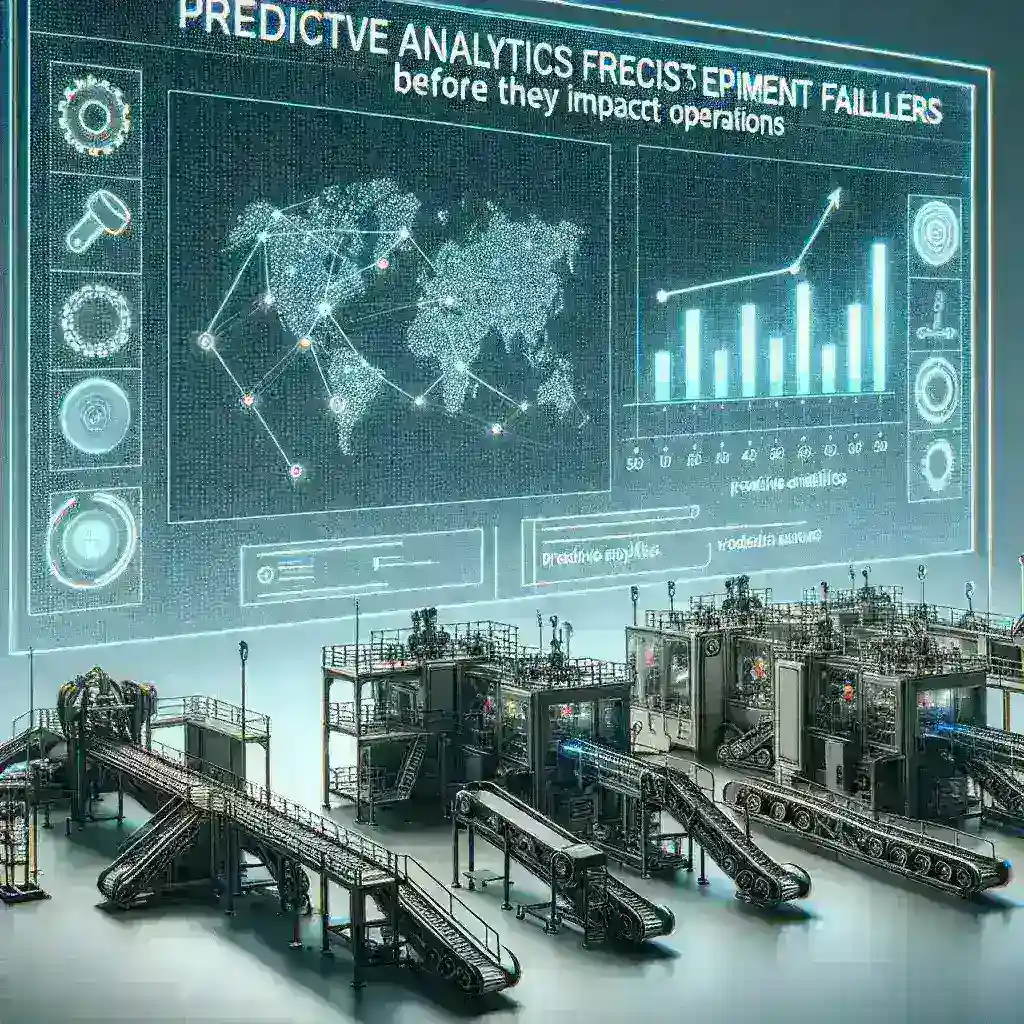Introduction
In today’s fast-paced industrial landscape, the ability to predict equipment failures before they disrupt operations is not just an advantage but a necessity. This is where predictive analytics comes into play. By leveraging data, algorithms, and machine learning techniques, businesses can forecast potential failures, thereby minimizing downtime and maximizing efficiency. This article delves into the details of how predictive analytics operates, its advantages, limitations, and real-world applications.
Understanding Predictive Analytics
Predictive analytics involves the use of historical data, statistical algorithms, and machine learning techniques to identify the likelihood of future outcomes based on historical data. Unlike traditional analytics, which focuses on past performance, predictive analytics anticipates what might occur, allowing organizations to make informed decisions ahead of time.
Key Components of Predictive Analytics
- Data Collection: The foundation of predictive analytics lies in the data collected from various sources, including sensors, maintenance logs, and operation reports.
- Data Processing: This step involves cleaning and transforming the data to ensure it is usable for analysis.
- Modeling: Statistical models are built using historical data, which can identify patterns and trends associated with equipment failures.
- Implementation: The predictive model is applied to the real-time data to forecast potential equipment failures.
The Importance of Predictive Analytics in Operations
Predictive analytics plays a crucial role in operational efficiency across various industries, including manufacturing, energy, and transportation. By predicting when equipment is likely to fail, organizations can schedule maintenance at optimal times, thus avoiding unplanned downtime.
Historical Context
Historically, maintenance strategies were reactive, focusing on addressing issues as they arose. This often led to unexpected equipment failures, resulting in costly downtime. However, with the advent of the Industrial Internet of Things (IIoT) and advancements in data analytics, industries have shifted towards proactive maintenance strategies. This evolution has paved the way for predictive analytics to take center stage.
Benefits of Predictive Analytics in Forecasting Equipment Failures
1. Reduced Downtime
Predictive analytics allows organizations to anticipate equipment failures and address them before they occur, significantly reducing unplanned downtime.
2. Cost Savings
By scheduling maintenance only when necessary and avoiding unexpected breakdowns, companies can save on repair costs and lost productivity.
3. Improved Equipment Lifespan
Regular maintenance based on predictive analytics can enhance equipment performance and longevity, ensuring better return on investment.
4. Enhanced Safety
Predictive analytics helps in identifying potential safety hazards associated with equipment failures, thus promoting a safer working environment.
Challenges of Implementing Predictive Analytics
While predictive analytics offers numerous benefits, there are challenges that organizations may face when implementing this technology.
1. Data Quality
The accuracy of predictive analytics is highly dependent on the quality of the data collected. Incomplete or inaccurate data can lead to flawed predictions.
2. Integration with Existing Systems
Integrating predictive analytics tools with existing operational systems can be complex and may require substantial investment.
3. Skilled Personnel
Organizations need skilled data scientists and analysts to interpret the data and build effective predictive models.
Real-World Applications of Predictive Analytics
Manufacturing
In the manufacturing sector, predictive analytics is used to monitor machinery performance, enabling companies to predict failures and optimize maintenance schedules. For instance, a major automotive manufacturer implemented predictive analytics to reduce machine downtime by 30%, leading to increased production efficiency.
Energy Sector
Energy companies utilize predictive analytics to forecast potential equipment failures in power generation plants. By monitoring equipment health in real-time, they can preemptively address maintenance needs, ensuring uninterrupted power supply.
Transportation
In transportation, predictive analytics helps maintain fleet vehicles by predicting maintenance needs based on usage patterns, thereby reducing operational costs and improving safety.
Future Predictions for Predictive Analytics
The future of predictive analytics in forecasting equipment failures looks promising. With ongoing advancements in artificial intelligence and machine learning, predictive models will become increasingly accurate. Moreover, as industries continue to embrace digital transformation, the integration of predictive analytics with other emerging technologies like blockchain and edge computing will further enhance its capabilities.
1. Increased AI Integration
As artificial intelligence continues to evolve, predictive analytics will leverage AI to improve the accuracy of forecasts, leading to more reliable predictions.
2. Wider Adoption Across Industries
More industries will adopt predictive analytics as the technology becomes more accessible and its benefits become increasingly recognized.
3. Real-Time Data Utilization
The rise of IoT will facilitate the collection of real-time data, allowing predictive analytics to provide immediate insights and forecasts.
Conclusion
Predictive analytics is revolutionizing how organizations approach maintenance and operations by enabling them to forecast equipment failures before they occur. By leveraging historical and real-time data, businesses can minimize downtime, save costs, and enhance safety. While challenges remain, the future of predictive analytics is bright, promising even more advanced and accurate predictions that will transform industries worldwide.

